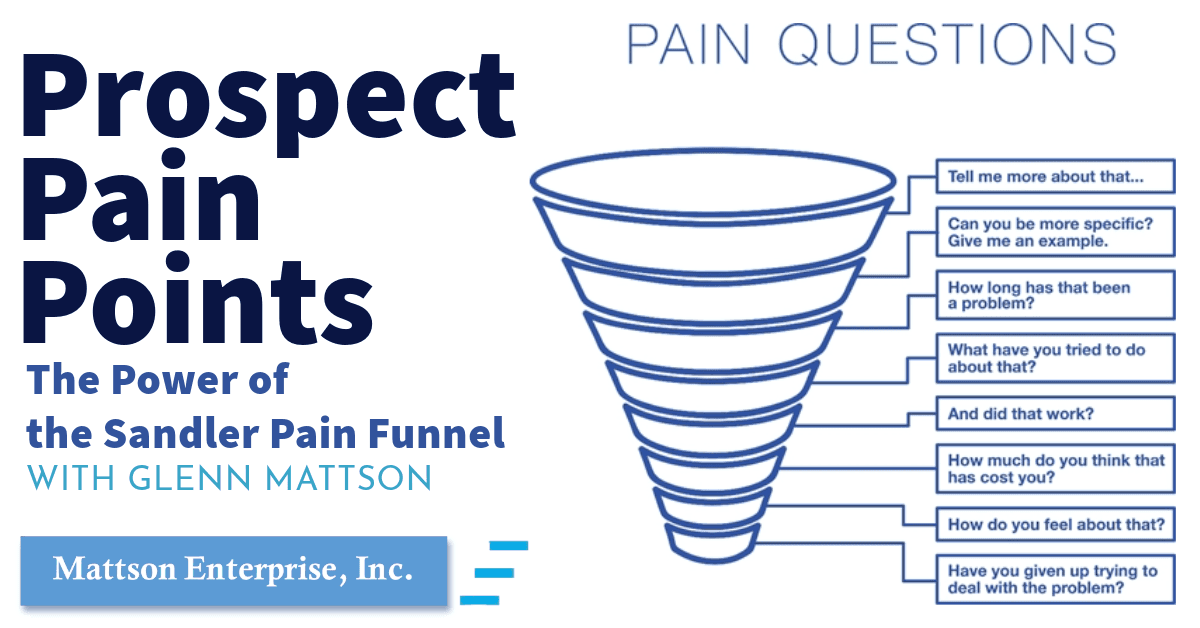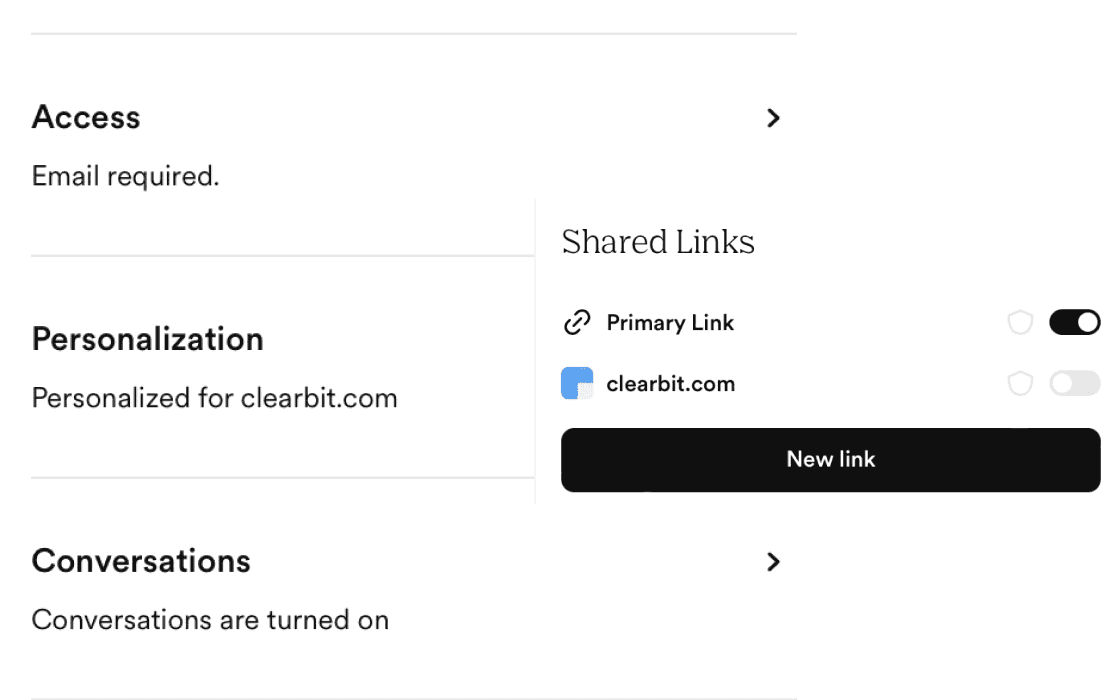March 15, 2024


Even if the intricate wheel above is fairly new to you, you've probably been nodding along with its principles in your sales journey without realizing it.
See the fancy dude below?

Meet David Sandler, the mastermind behind the Sandler Selling System. Teaming up with a clinical psychologist back in the 1960s, he set out to revolutionize traditional sales tactics, focusing on respect, clarity, and smart decision-making. You know, rather than trying to push suboptimal solutions onto people “for the sale.”
The most stellar insight Sandler uncovered was probably this: pressure will silently kill any sale. He realized that easing the pressure for both seller and buyer would make the whole process an easygoing conversation about true value – rather than a relentless pursuit of dollar signs.
Now, on to the nuts and bolts.
The Sandler Selling System unfolds in seven steps:
Establishing bonding & rapport: lay the groundwork with a genuine connection.
Setting an up-front contract: create a comfortable space for collaboration.
Uncover the problems and their potential: get to the heart of the issues at hand.
Discovering the prospect's willingness and ability to invest: assess their readiness to commit, both mindset and money-wise.
Identify the decision: map out their buying journey in detail.
Propose your solution: present your offering within their parameters.
Establish next steps: keep the momentum going and plan for the future.
For this article, we’ll be focusing on step number 3, which is widely known as the Sandler Pain Funnel. Scary as it sounds, let’s take a look at why you should skip it at your own peril when trying to close more deals.
The Sandler Pain Funnel: An Unskippable Sales Method
Why It Matters
Imagine you go to a doctor with a health concern, and instead of taking the time to listen to you and understand your problem, they hastily write a prescription and send you on your way.
You'd probably feel like they didn't really care about your well-being, right? You wouldn't feel connected to them, and you might even start to resent their approach.
If you rush to offer solutions without truly understanding your prospect's pain points, you risk coming across as insincere and disconnected. Building rapport and truly understanding your prospect's challenges is the foundation of a successful sales relationship. It shows that you care about their needs and are invested in finding the right solution for them.
Why It Strays From Traditional Sales Approaches
Ever notice how when someone mentions a problem, our immediate instinct is to jump in with a solution? “We've got just the thing,” we say.
But sometimes, we need to do the polar opposite. We need to linger on that pain a little longer. Let it marinate.
When we peel back layers to uncover the real pain points of our prospects, we can hit the bullseye with our solutions. That's where the funnel comes in.
It starts wide with some general questions, but as we dig deeper, the questions get more specific, and the funnel narrows until we hit the core of the issue.
But how do you start implementing them right now?
Here are some examples of questions that'll help you get started:
"Tell me more about that..."
"Can you be more specific?"
"Give me an example..."
"How long has that been a problem?"
"What have you tried to do about that?"
"Has anything you've tried worked?"
"How much do you think this has cost you?"
"How do you feel about how much this has cost you?"
"What kind of trouble does that cause you?"
"Have you given up trying to deal with this problem?"
Using these questions as a launching pad can help you dig beyond the surface pain your prospect shares and uncover the root issue.

But remember: your goal isn’t to check off boxes.
While those questions are great guides, feel free to go off-script and have a genuine conversation with your prospect. If a different question pops into your mind that you think will uncover more about their pain points, go for it!
The key is to keep the dialogue flowing naturally and authentically. After all, people buy from people they trust and connect with, not from robotic questionnaires. So, dive in, listen actively, and let the conversation guide you.
Let’s Go Deeper Into Each Sandler Pain Funnel Question
"Tell me more about that…"
This not only reinforces the idea that you're taking the time to listen, but it may also surface details about the prospect's problem that they might not have touched on during your first interaction.
For example, if the only thing they mentioned during your initial conversation was that their solution wasn't working, you'll want to know more about what exactly wasn't working for them.
Which leads us into…
"Can you be more specific?"
This question provides a more detailed view of the situation. For instance, if they mentioned that their email software wasn't delivering emails or that emails were landing in subscribers' spam folders, you'll want them to elaborate. Are the emails bouncing? Are they going to spam? What's the specific issue here?
"Give me an example…"
Asking for examples helps paint a vivid picture of the problem. They might share how they crafted a beautiful email based on customer data, only to be frustrated because it ended up in the spam folder. These examples provide insight into their challenges.
"How long has that been a problem?"
Understanding the duration of the issue helps gauge their level of frustration and their willingness to seek a solution. A mild headache that can be solved with Advil may not bother them as much as a persistent migraine.
"What have you tried to do about that?"
This question is crucial for understanding their previous attempts to solve the problem and which solutions or competitors they've bumped into. It also reveals their likes and dislikes, giving you insight into potential solutions.
"Has anything you've tried worked?"
Just because they've tried something doesn't mean it's worked. Understanding their past experiences helps you offer a solution that's effective in the long run, not just a “band-aid cure."
"How much do you think this has cost you?"
Cost isn't just about money; it also includes costs in terms of peace of mind and productivity. By understanding the broader costs, you can offer a solution that addresses their needs beyond the bank account.
"How do you feel about how much this has cost you?"
Their feelings about the costs reveal their mindset. Are they frustrated or resigned? Understanding their perspective helps you present the best value proposition for their needs.
"What kind of trouble does that cause you?"
This question delves into the specific troubles caused by the problem, such as difficulty closing deals or reaching customers. Understanding these challenges helps you address the segments of your solution that can deal with that problem, specifically.
"Have you given up trying to deal with this problem?"
Understanding their level of commitment helps you measure their readiness for a solution. If they're engaging with you, they likely see you as a potential solution provider and are open to help.
How to Apply What You've Learned
Let's say you're selling storytelling software – more specifically a Digital Sales Room that unifies everything B2B Sales teams need to swipe any buying committee off their feet. A tool like Journey, for instance.
Their problem is...they're losing deals because their process is clunky. They need to send tons of links in a single email.
Your conversation would probably go like this:
So, tell me more about that…
Prospect: We have plenty of resources, like case studies, testimonials, and help resources, and we send them all in a big old list for stakeholders to open them and review the content. But as it often happens, that actually doesn't happen. So our content goes unopened, and crucial stuff that would help us sell doesn't get seen.
How long has that been a problem?
Prospect: Ever since I joined the team around two years ago, roughly. Yeah, I think so. So, that's a long time. At least for me.
What have you tried to do about that?
Prospect: Of course, we've tried sending more compact lists and crossing our fingers, but we have to send these materials in some way, right? Reminding them how important it is for them to look at these materials. But some of these messages will get buried one way or another.
Has anything you've tried worked?
Prospect: Not really. We did try more engaging tools like better slide decks and better resource centers, but what's the point if not all stakeholders view them until the end?
How much do you think this has cost you?
Prospect: Hundreds to thousands of dollars, at this point.
How do you feel about how much this has cost you?
Prospect: We feel frustrated because this wasn't necessarily wasted money, but it was money we could have better spent on the right tool. And it's this “throwing money” at something and seeing whether that pans out or not that keeps us on the edge of our feet.
What kind of trouble does that cause you?
Prospect: At this point, we feel like we're just chasing the next shiny tool that comes along, and it often does what's expected. But I think what we were looking for was a way of consolidating all of our sales enablement materials in a way that wouldn't be fatiguing for prospects. You know, they deal with this every single day, and we wanted to stand out with a solution that made it easier for stakeholders to get the information they need right away.
Have you given up trying to deal with this problem?
Prospect: Not gonna lie, we were about to reach our breaking point. We thought we'd tried everything, but then we heard about Journey's digital sales rooms and how they looked so much better than your typical sales deck.
We were blown away by how all we needed was a single link to send all of our sales collateral. So that lit up a spark in us. And we were like, is that it? Is this what we've been looking for all along?
The next extremely logical step…
…would be sending a Journey to this prospect, showing them how a digital sales room is, in fact, the holy grail they've been praying for.
The custom link you’d send them would be concrete proof that they'll never need to rely on a stack of links anymore. Instead, they’ll rely on vivid and interactive embeds from their favorite tools like Supademo, Gong, Calendly, YouTube, Figma, Vimeo, and so many more.

One link to rule them all!
The Journey itself would prove how all of their materials will seamlessly transition between each other, like a logical story, in their very own little website.
And as a final touch, they'd be able to see real-time analytics. They can see how much more opens they get, how many more people view their digital sales room, and how easily they can interact in real time with each stakeholder. With instant email and Slack notifications!

All In All, There’s Nothing New About Sandler’s Pain Funnel
When you look at it from a neutral perspective, there's little more to the Sandler Pain Funnel than radical empathy. The same thing people talk about on and off, but few put it into practice.
Sales has become so much about the transactional aspect of it that we seem to have forgotten about the biggest part of the job: understanding people. Most importantly, not being afraid to plunge into what's wrong so you can do the right thing.
Newsflash: reflecting your prospects’ pains right back at them won’t drive them away. Quite the opposite. It’ll bring them closer, especially if you’ve felt the same pain before and are willing to end it.
In essence, it’s all about learning to listen and connect with whoever you're listening to. It’s as simple (and as complex) as that.

